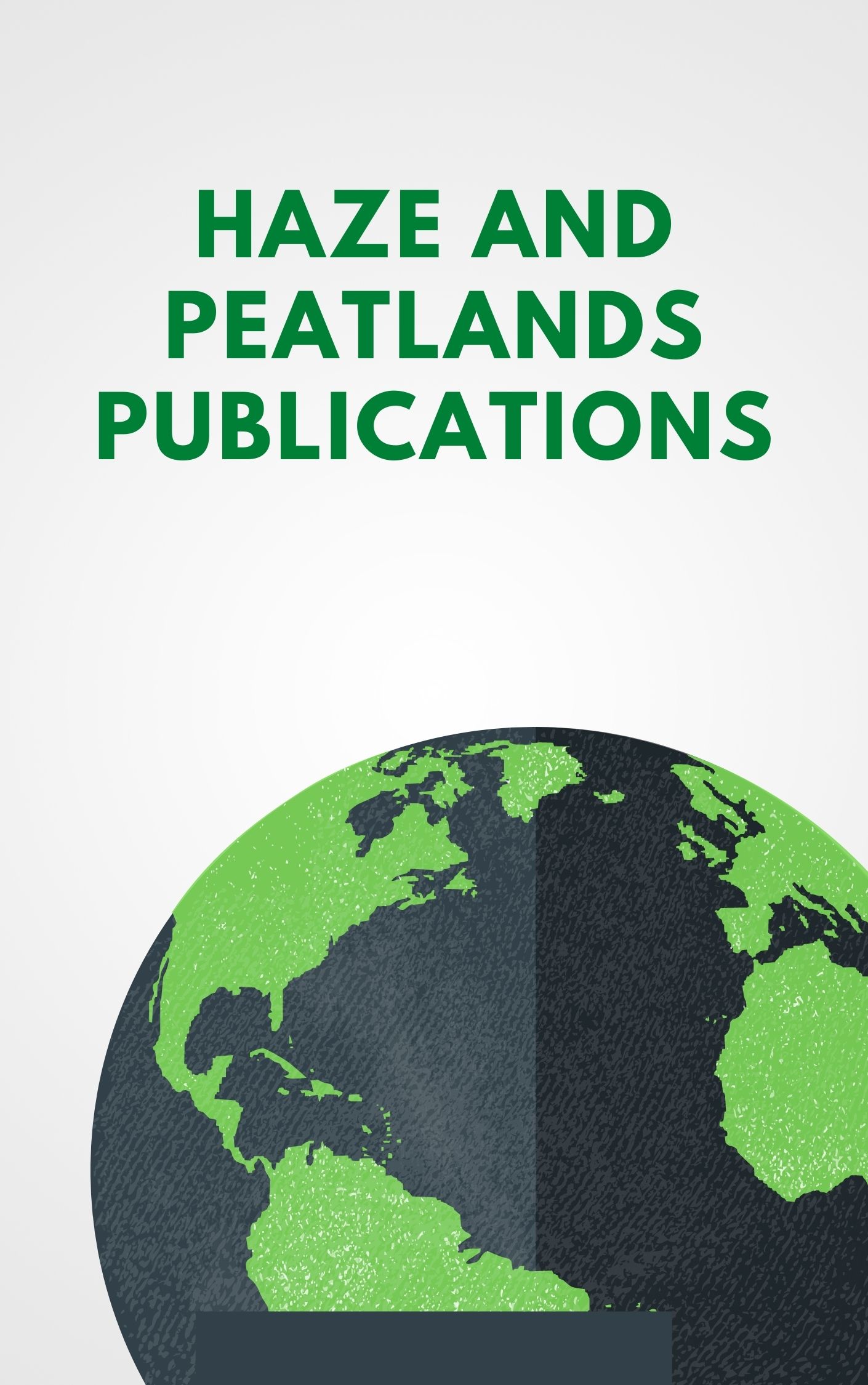Updated information of rubber plantations is essential for assessing socioeconomic and environmental impacts, especially in the emerging region of northern tropics. Here, a phenological method was modified to detect rubber plantations using Landsat Operational Land Imager (OLI) imagery in Phongsaly Province of northern Laos, where it begun a rubber boom in the mid-2000s due to geo-economic cooperation. It highlighted the landscape and pixel differences of deciduous rubber plantations in the tri-temporal phases (i.e., pre-defoliation, defoliation, and foliation) during the dry season due to phenological changes. Six commonly used vegetation indices (VIs), including the Normalized Difference Vegetation Index (NDVI), Enhanced Vegetation Index (EVI), Land Surface Water Index (LSWI), Atmospherically Resistant Vegetation Index (ARVI), Normalized Burn Ratio (NBR and NBR2) derived from OLI imagery during 2013–2016 were compared to determine the most suitable VI for discriminating the phenological differences of rubber plantations from natural forests. Then, the Differences of Normalized Burn Ratio (DNBR) was applied to generate the 30 m map of rubber plantations in 2016, by combining two masks of Landsat-derived forest and suitable elevation for rubber trees cultivation. The resultant map of rubber plantations had a classification accuracy of 93.7% and the Kappa coefficient of 0.848. Our study demonstrated the usefulness of the Landsat-derived tri-temporal phenological DNBR approach in an emerging region of northern Laos, despite requiring more scenes compared with single- and double temporal window methods. © 2019 COSPAR
View source

